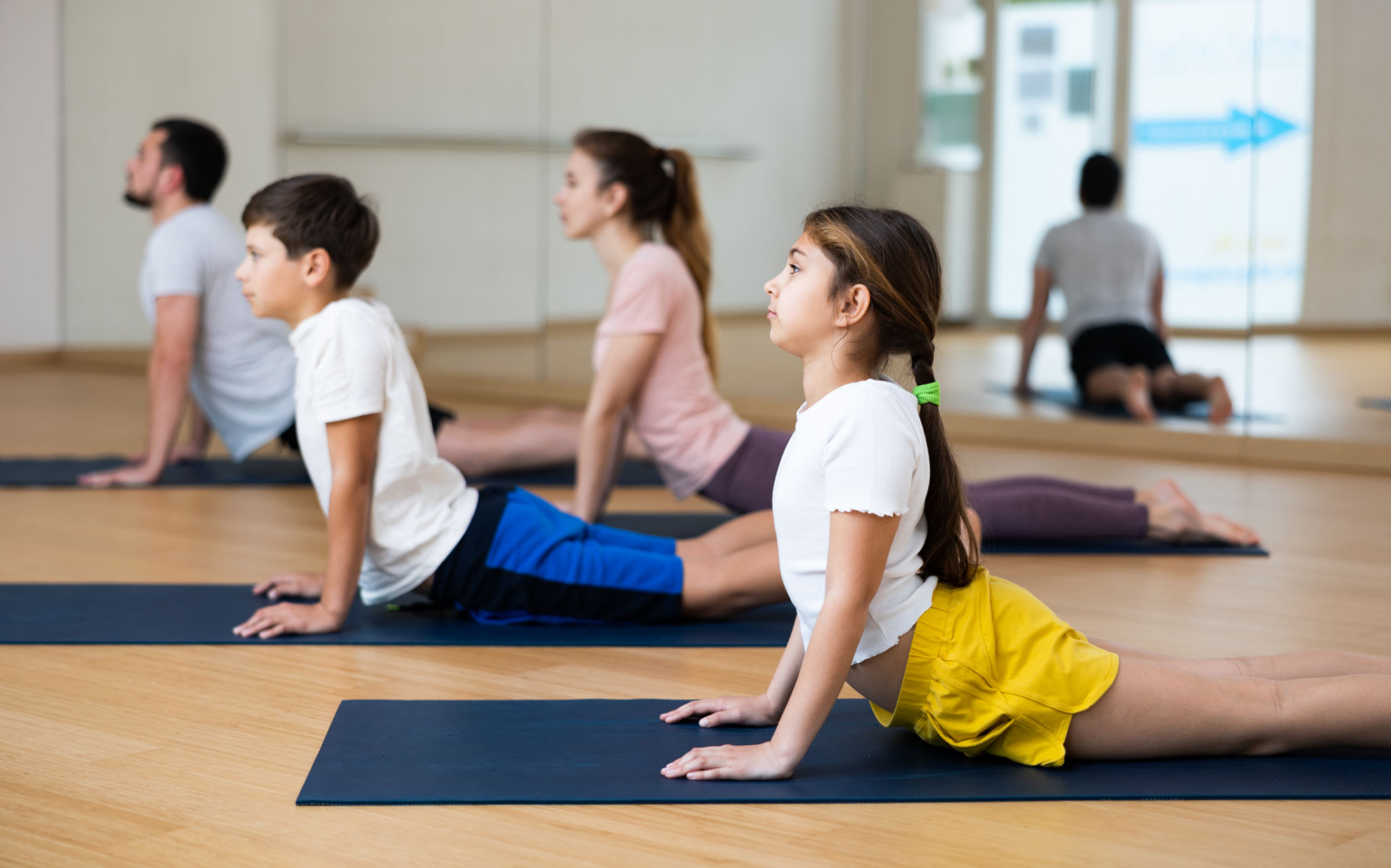How Yoga Helps Kids Manage Stress and Anxiety
Introduction to Yoga for Kids
In today's fast-paced world, children are experiencing stress and anxiety at unprecedented levels. The pressures of school, extracurricular activities, and social dynamics can take a toll on their mental well-being. Fortunately, yoga offers a holistic approach to help children manage stress and anxiety effectively.
Yoga is not just for adults; it can be immensely beneficial for children too. By incorporating breathing exercises, physical postures, and mindfulness techniques, yoga provides a safe space for children to explore their emotions and find balance.

The Benefits of Yoga for Stress Relief
Practicing yoga can significantly reduce stress levels in children. Through deep breathing and gentle stretches, yoga encourages relaxation and helps activate the parasympathetic nervous system, which is responsible for calming the body. This can lead to a decrease in cortisol levels, the hormone associated with stress.
Moreover, yoga promotes the release of endorphins, the body's natural mood lifters, which can help alleviate feelings of anxiety. By focusing on breath and movement, children learn to stay present, reducing worries about the past or future.
Enhancing Emotional Regulation
Yoga teaches children valuable skills in emotional regulation. By practicing mindfulness and self-awareness, kids become more attuned to their feelings. This self-awareness allows them to identify stressors and respond to them more effectively.
Through yoga, children learn to express their emotions in a healthy way. Techniques such as visualization and guided meditation provide tools for managing overwhelming emotions and developing resilience.

Building Physical Strength and Flexibility
Yoga not only benefits mental health but also improves physical well-being. Children who practice yoga gain strength, flexibility, and coordination. These physical benefits contribute to a sense of accomplishment and confidence, which can positively impact their mental health.
By engaging in various poses, kids develop body awareness and improve their posture. This connection between mind and body fosters a holistic sense of well-being.
Creating a Supportive Community
Yoga classes offer a non-competitive environment where children can connect with peers who share similar interests. This sense of community provides emotional support and encourages positive social interactions. Feeling part of a group can help reduce feelings of isolation and anxiety.

Incorporating Yoga into Daily Life
Integrating yoga into a child's daily routine doesn't require a significant time commitment. Even short sessions of 10-15 minutes can make a difference. Parents and caregivers can encourage practice at home by creating a calm space for yoga and participating alongside their children.
Many schools now offer yoga classes as part of their curriculum, recognizing its benefits for students' mental health and academic performance. This makes it easier for children to access the practice regularly.
Conclusion: Long-Term Benefits of Yoga
The long-term benefits of practicing yoga extend beyond immediate stress relief. Children who regularly engage in yoga develop lifelong skills in managing stress, enhancing emotional intelligence, and fostering physical health. As they grow, these skills become invaluable tools for navigating life's challenges with resilience and grace.
By introducing children to yoga at an early age, we equip them with the resources they need to thrive emotionally, physically, and socially. Encouraging this practice can create a foundation for a healthier future.
